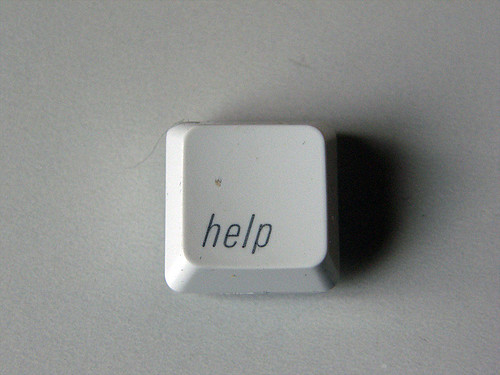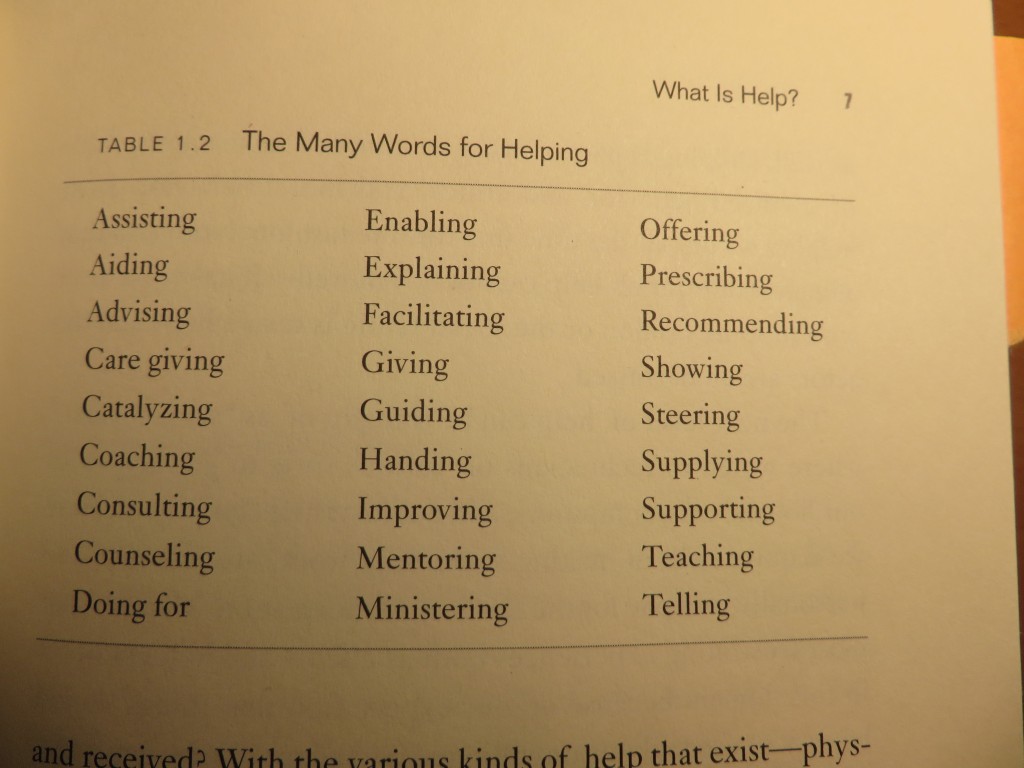This is a continuation of my thoughts and notes on “helping” in the context of educational development (see here for my first blog post on this topic). I have been reading Schein’s “Helping: How to offer, give and receive help” and am finding it very relevant to my work (and beyond).
In Chapter 3, Schein describes three helper roles that we can potentially adopt:
- Expert resource who provides information or services
- Doctor who diagnoses and prescribes (extension and enlargement of above)
- Process consultant who focuses on building an equitable relationship and clarifies what kind of help is needed.
Though we often go between all three roles, we should begin any helping relationship in the role of process consultant. By engaging in humble inquiry, the process consultant establishes trust between the client (the word Schein uses for any individual who is receiving help) and herself; this minimizes the imbalance between the two individuals.
Adopting the process consultant role does the following:
- Reduces the ignorance inherent in the situation
- Minimizes the initial status differential
- Identifies what other role(s) may be most suitable for the identified problem.
Fundamental to the process consultant role “is the assumption that clients must be encouraged to remain proactive, in the sense of retaining both the diagnostic and remedial initiative because only they own the problem identified, only they know the true complexity of their situation, and only they know what will work for them in the culture in which they live” (Schein, 2009, p.62)
The above has prompted me to think about the role(s) I adopt in my educational development work. Though I strive to be/stay curious and ask questions, I wonder if I do so to the extent that is necessary to be truly helpful, especially when I am first approached for help. I will pay more attention to this and to how I switch between roles.
Reference: Schein, E. (2009). Helping: How to offer, give and receive help. San Francisco, CA: Berrett-Koehler Publishers.
Photo credit: Eva the Weaver “Help” (Creative Commons Licensed)

